Diphenylcarbamyl chloride
Synonym(s):Chloroformic acid diphenylamide;Diphenylcarbamic chloride;Diphenylcarbamoyl chloride;NSC 6788
- CAS NO.:83-01-2
- Empirical Formula: C13H10ClNO
- Molecular Weight: 231.68
- MDL number: MFCD00000633
- EINECS: 201-450-2
- SAFETY DATA SHEET (SDS)
- Update Date: 2025-01-27 09:38:02
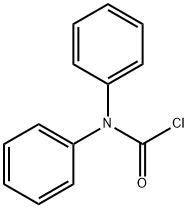
What is Diphenylcarbamyl chloride?
Chemical properties
beige to grey-green crystalline powder
The Uses of Diphenylcarbamyl chloride
N,N-Diphenylcarbamyl Chloride (Temozolomide USP Related Compound C) is used in the production of a high performance polyamide used as an electrical switch for memory devices. Also used in the synthesis of modified oligoribonucleotides base pairs.
Toxicology
The LD50 in rats after a single oral administration is above 2000 mg/kg. It is not irritating to the skin and eyes but caused sensitization in animal experiments.
Properties of Diphenylcarbamyl chloride
| Melting point: | 83-85 °C |
| Boiling point: | 207°C (rough estimate) |
| Density | 1.1781 (rough estimate) |
| refractive index | 1.6330 (estimate) |
| storage temp. | 2-8°C |
| solubility | organic solvents: soluble |
| pka | -4.13±0.50(Predicted) |
| form | Crystalline Powder |
| color | Beige to gray-green |
| Water Solubility | reacts |
| Sensitive | Moisture Sensitive |
| BRN | 515312 |
| CAS DataBase Reference | 83-01-2(CAS DataBase Reference) |
| NIST Chemistry Reference | Diphenylcarbamoyl chloride(83-01-2) |
| EPA Substance Registry System | Carbamic chloride, diphenyl- (83-01-2) |
Safety information for Diphenylcarbamyl chloride
| Signal word | Danger |
| Pictogram(s) |
 Corrosion Corrosives GHS05  Exclamation Mark Irritant GHS07 |
| GHS Hazard Statements |
H314:Skin corrosion/irritation H317:Sensitisation, Skin |
| Precautionary Statement Codes |
P260:Do not breathe dust/fume/gas/mist/vapours/spray. P280:Wear protective gloves/protective clothing/eye protection/face protection. P303+P361+P353:IF ON SKIN (or hair): Remove/Take off Immediately all contaminated clothing. Rinse SKIN with water/shower. P305+P351+P338:IF IN EYES: Rinse cautiously with water for several minutes. Remove contact lenses, if present and easy to do. Continuerinsing. |
Computed Descriptors for Diphenylcarbamyl chloride
| InChIKey | XNBKKRFABABBPM-UHFFFAOYSA-N |
Diphenylcarbamyl chloride manufacturer
JSK Chemicals
2Y
Phone:+91-9879767970
Whatsapp: +91-9879767970
product: Diphenyl Carbamoyl Chloride 83-01-2 99%
Related products of tetrahydrofuran

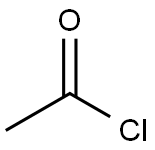


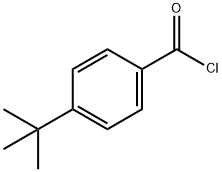

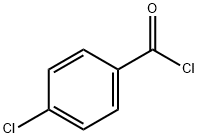

You may like
-
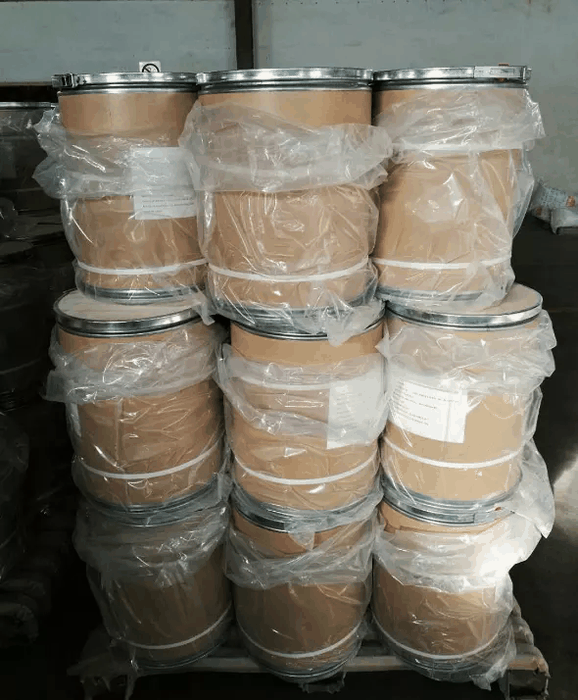 83-01-2 98%View Details
83-01-2 98%View Details
83-01-2 -
 Diphenylcarbamyl chloride 98%View Details
Diphenylcarbamyl chloride 98%View Details
83-01-2 -
 Diphenylcarbamoyl chloride, 98% CAS 83-01-2View Details
Diphenylcarbamoyl chloride, 98% CAS 83-01-2View Details
83-01-2 -
 Diphenylcarbamoyl Chloride CAS 83-01-2View Details
Diphenylcarbamoyl Chloride CAS 83-01-2View Details
83-01-2 -
 Diphenylcarbamyl chloride 83-01-2 99%View Details
Diphenylcarbamyl chloride 83-01-2 99%View Details
83-01-2 -
 Diphenyl Carbamoyl Chloride 83-01-2 99%View Details
Diphenyl Carbamoyl Chloride 83-01-2 99%View Details
83-01-2 -
 Temozolomide Related Compound C CAS 83-01-2View Details
Temozolomide Related Compound C CAS 83-01-2View Details
83-01-2 -
 Diphenylcarbamoyl chloride CAS 83-01-2View Details
Diphenylcarbamoyl chloride CAS 83-01-2View Details
83-01-2
Statement: All products displayed on this website are only used for non medical purposes such as industrial applications or scientific research, and cannot be used for clinical diagnosis or treatment of humans or animals. They are not medicinal or edible.